The views expressed in our content reflect individual perspectives and do not represent the authoritative views of the Baha'i Faith.
Does the place where you live have any “historical” monuments to hatred, racism or prejudice? If so, what should we do about it?
Lots of nations, states, cities and towns all over the world have begun asking those questions. Statues, memorials, plaques and the names of schools, streets and public buildings associated with individuals or causes who espoused racial hatred have increasingly become public embarrassments for many places. They’ve caused great controversy, too, with some saying the monuments should be torn down, and others saying they should be preserved to teach history, whether good or bad.
The controversy usually begins in most of these places with a group of activists and educators pointing out the damaging effects of such monuments, statues or names. Advocacy groups form and lobby governments and the media with their point of view. Sometimes governments appoint commissions to collect expert testimony and evidence, and the commission subsequently makes its recommendation.
That’s what the city of Charlottesville, Virginia did when the City Council there was faced with a decision about their monumental statue to Robert E. Lee, the Confederate General, and another statue of his fellow General Thomas “Stonewall” Jackson—both situated in parks named after the Generals.
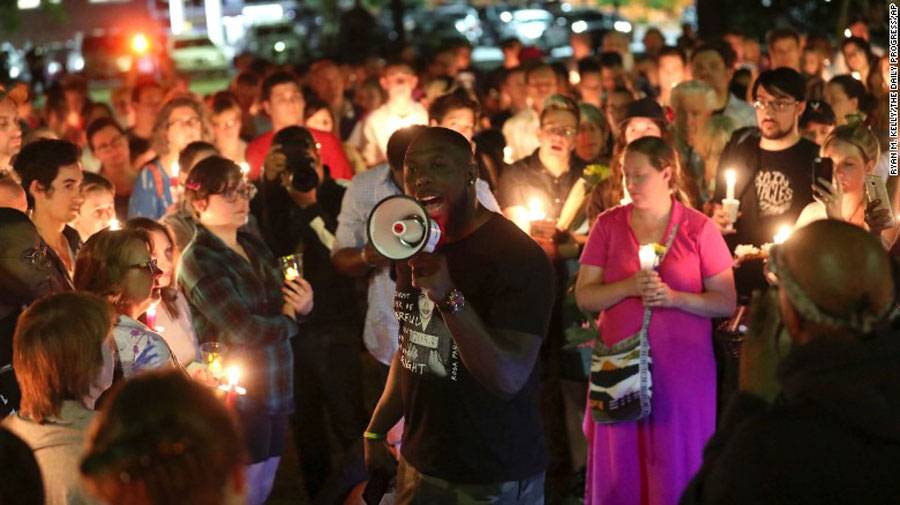
Rally to remove monuments in Charlottesville, Virginia
Of course, those two soldiers fought to defend the institution of slavery, and Charlottesville is now made up primarily of the descendants of slaves.
So the City Council appointed a Blue Ribbon Commission on Race, Memorials and Public Spaces, and asked them to conduct a five-month study in 2016. The Blue Ribbon Commission, made up of historians, preservationists and civic activists, came up with two proposals for the statues: either relocate them to another local park, or keep them in place and transform the re-named parks to include art and additional memorials that reflect the history of slavery in Charlottesville—in other words, make those parks and statues that now stand as monuments to a racist past into an educational space that gives a greater, fairer and more realistic context to the Civil War. In its 328-page report, the Commission wrote:
Retaining the sculpture in the park, accompanied by new interpretive information and a new memorial for those enslaved in the Charlottesville area presents the opportunity to tell a more complete history of that public space.
John Mason, an associate professor of African history at the University of Virginia and the vice chair of the Commission, said the statues pay tribute to men who fought on the side of slavery:
You walk up to these statues and you crane your neck in a worshipful attitude toward them; they tower above you. The man on the horse sends a message of courage and honor and valor. The people who want to see the Civil War that way are free to do that. I think if you talk to any historian, they’ll tell you the war was all about slavery. If Stonewall Jackson and Robert E. Lee had won their fight, my ancestors would have remained enslaved. – quoted by Derek Quizon in The Charlottesville Daily Progress, May 20, 2017.
In New Orleans Malcolm Suber, one of the anti-racism activists who started Take ‘Em Down NOLA, told a reporter:
… the Confederate monuments that dot this Deep South city stand for white supremacy, pure and simple. Instead of just taking them down, the city [should] pass out sledgehammers and let everybody take a whack—just like the Berlin Wall. – quoted by Richard Fausset in The New York Times, May 7, 2017.
The Blue Ribbon Commission in Charlottesville recommended, rather than simply erasing an ugly history from the landscape, using it to educate all citizens about the horrible impact of slavery—which could potentially serve a more profound and permanent purpose. One astute writer noted that whatever we do with these monuments, the important part of the drive to remove or repurpose them is the moral call for a new and different world free of prejudice and racism:
The goal of Take ‘Em Down NOLA—to remove the name of every Confederate, white supremacist, and slave-owning individual from New Orleans—may sound unrealistic. But it’s worth noting that throughout history some of our most celebrated figures are those whose demands seemed untenable during their lifetime. Abolition seemed a fantasy when Frederick Douglass called for all slaves to be released. That black men would cease to be lynched by mobs throughout the South would have seemed farfetched when Ida B. Wells took on the task. But the role of the activist has never been to ask for what seems politically feasible, but that which is morally incumbent. It has been to make the sorts of demands that encourage us to consider what a different world might look like. Entirely erasing tributes to the Confederacy from New Orleans might never happen, but the work of Take ‘Em Down NOLA forces us to consider what it might say about us if we did—and what it says about the fact that we have not yet done so. – Clint Smith, The Young Black Activists Targeting New Orleans’s Confederate Monuments, The New Republic, May 18, 2017.
In that exact same way, the Baha’i teachings call on every human being and every Faith to work hard to erase the stain of prejudice and racism from not only our past and our symbols, but from our souls:
… as to religious, racial, national and political bias: all these prejudices strike at the very root of human life; one and all they beget bloodshed, and the ruination of the world. So long as these prejudices survive, there will be continuous and fearsome wars. – Abdu’l-Baha, Selections from the Writings of Abdu’l-Baha, pp. 248-249.
And the breeding-ground of all these tragedies is prejudice: prejudice of race and nation, of religion, of political opinion; and the root cause of prejudice is blind imitation of the past–imitation in religion, in racial attitudes, in national bias, in politics. So long as this aping of the past persisteth, just so long will the foundations of the social order be blown to the four winds, just so long will humanity be continually exposed to direst peril. – Ibid., p. 247.


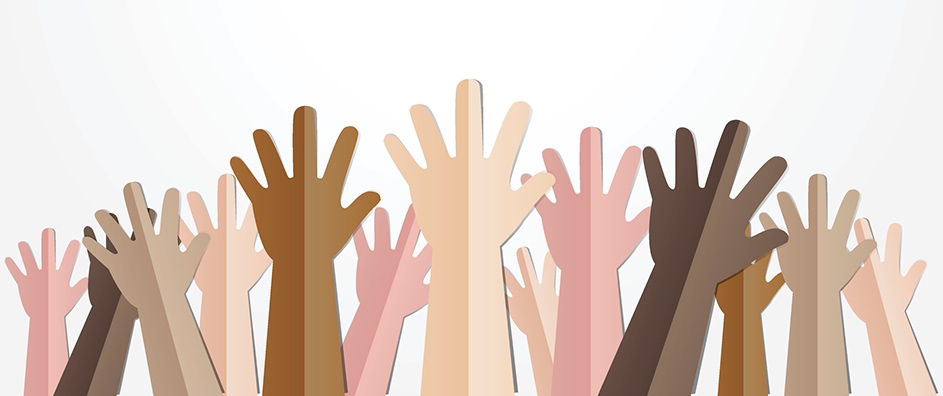

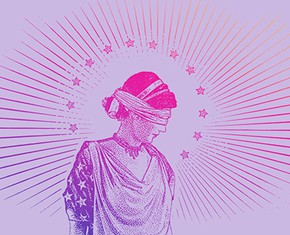

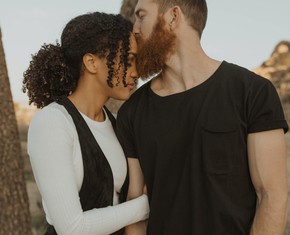
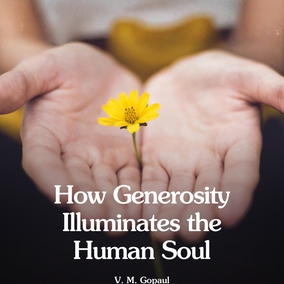
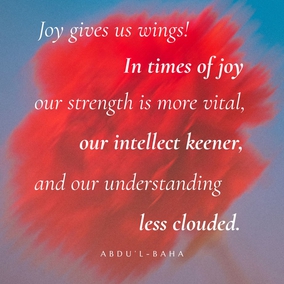
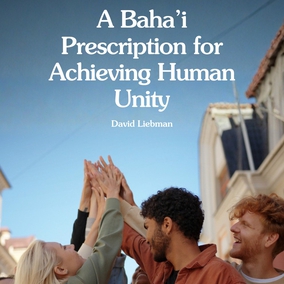
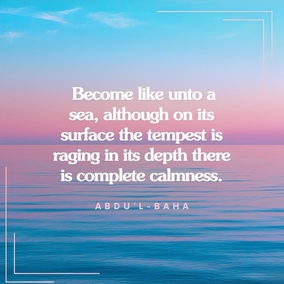
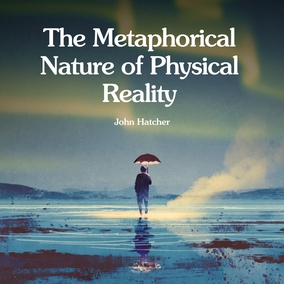
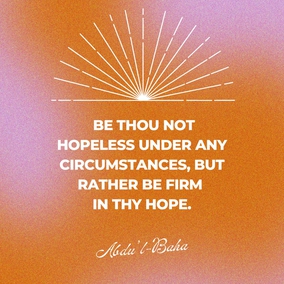
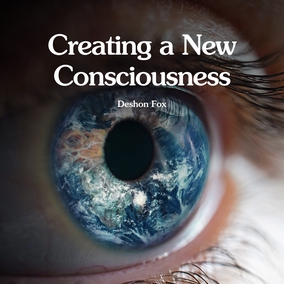


Comments
Sign in or create an account
Continue with Googleor